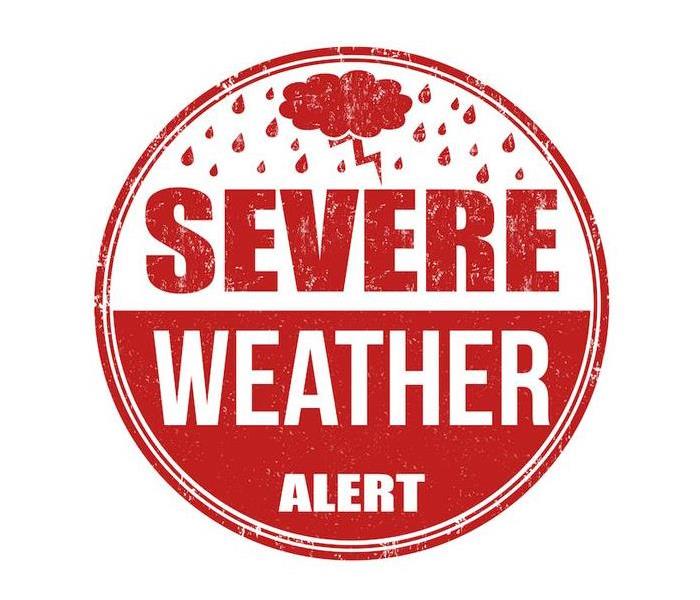Staying Safe During Storm Alerts | SERVPRO® of Spring Valley/Jamul
7/13/2022 (Permalink)
When it comes to severe weather, there are at least 42 different kinds of alerts in seven different categories. That can be a lot of information to handle, especially as clouds are moving in.
When you learn what advisories mean you can quickly get to safety. It also means you can take action and protect your home and loved ones from danger.
A general idea of different kinds of warnings is important, but it is essential to understand the weather that most often happens in our own California neighborhoods.
How do we get weather alerts? When a forecast is issued, how is where the storm will be, how long the storm will last and how strong the storm is monitored? There is a good bit of information that all works together to create alerts and answer all of those questions.
The responsible party for creating forecasts and issuing alerts is the National Weather Service. They have six regional offices and over 100 forecasting offices, which means forecasts are not only more accurate but can also be localized. Our forecasts most often come from San Diego.
Out of these offices NWS employees utilize data in order to create a forecast, including satellite radar, sensors, seismic activity and even solar activity. The sources of information used will vary according to the weather event predicted, but the end goal is to be as accurate as possible.
“Watch” and “warning” are two types of alerts that you will see in almost every kind of weather and something you need to understand the difference between. These alerts will be used during winter storms, flooding and thunderstorms, as well as fires and heat waves.
When a watch is issued, you should prepare for a severe storm to be nearby. Watches often cover a wide area to alert the most people, while a warning will be issued for a pinpointed area such as a county or city. A warning means a dangerous situation is happening, and you should find safety fast.
In our area, we also need to be very aware of fire alerts. While our temperatures are typically mild, the threat of wildfires means understanding red flag warnings, fire weather watches and extreme fire behavior.
Fire season is not our only risk, however, as we can occasionally see severe thunderstorms and heavy rainfalls as well. We also cannot rule out extreme heat waves that pose a risk to both our health and our homes.
A great first step to protecting your home and your family is understanding different weather alerts, but there are a few other ways you can avoid damages as well.
Keep any outdoor furniture tightly secured and clean your gutters regularly to avoid flood and wind damage. You should also supply a safe space with an emergency kit in an interior room of your house for when you need to stay put, and create an exit plan for when you need to leave.
Once the storm has passed, walk around your property and take note of any damage you may have received. Give SERVPRO a call as soon as possible as well. We are available 24⁄7 to start your recovery quickly and get you back home.
Learn as much as you can about our corner of California’s weather and stay safe with whatever comes our way. Be prepared for storm alerts to be issued and take the stress out of the next storms.
Experienced storm damage to your home or property? Contact us today for a quick response!






 24/7 Emergency Service
24/7 Emergency Service
